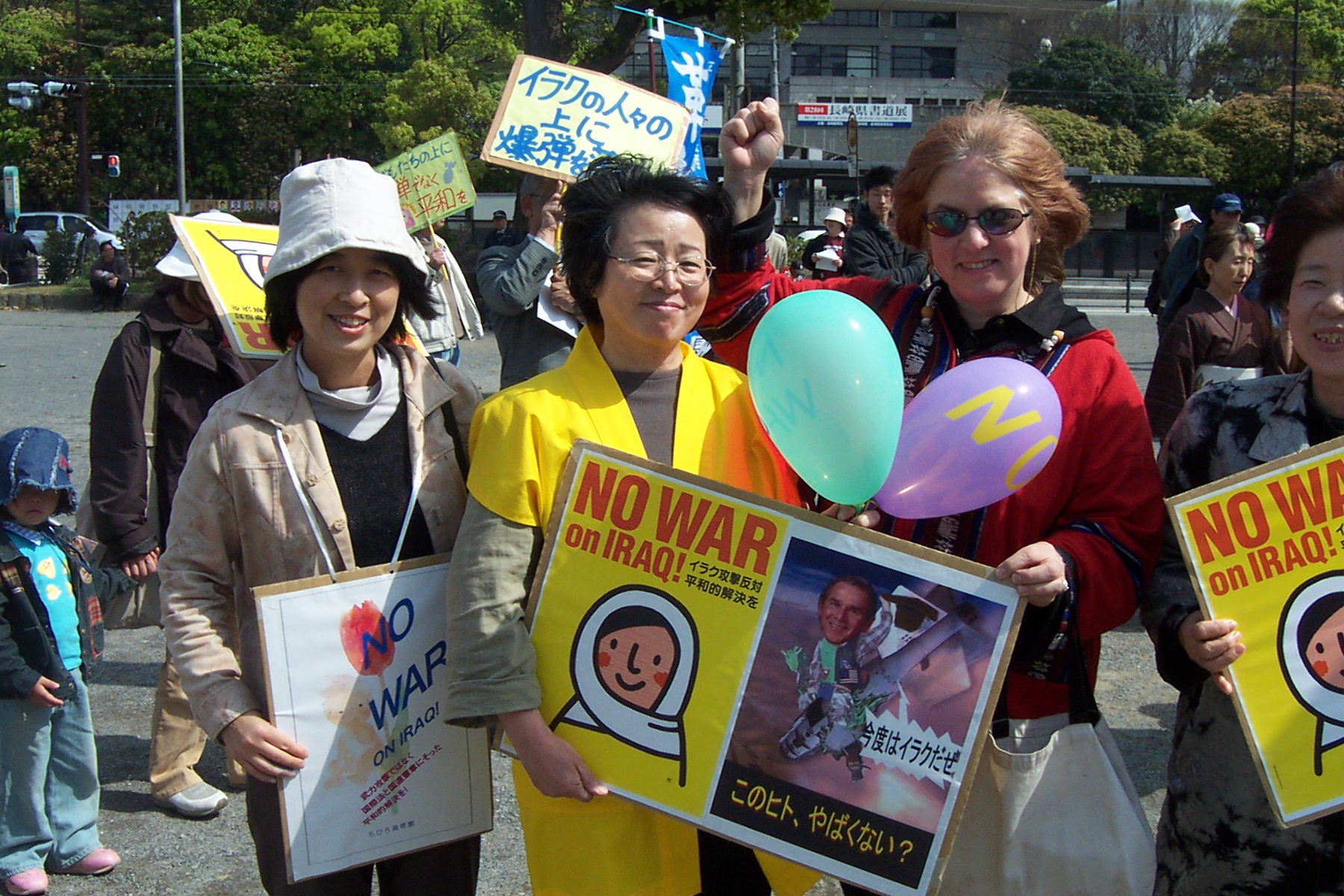“Would you be interested in joining the faculty for a future SAS voyage?” I paused for a moment on the end-of-voyage evaluation form. Many of my colleagues were on their third or fourth SAS voyage. I did not feel ready to check the “Yes” or “No” box. Instead I scribbled “Not sure.” I needed more time to process the experience.
The 25th (and final) in a series of blogs about Semester at Sea, a round-the-world voyage with 600 students. David Mould is the author of Postcards from Stanland: Journeys in Central Asia (Ohio University Press, 2016) and the upcoming (2019) Monsoon Postcards: Indian Ocean Journeys. Read excerpts at www.davidhmould.com (Travel Blogs) or Facebook /PostcardsFromStanland/
My answer, on reflection, is “Probably not.” Of course, it was a wonderful opportunity to take a round-the-world sea voyage; if it had not been for SAS, I would likely never have done it. However, we never spent long enough in any port to have more than brief, incomplete impressions of a country. The teaching schedule at sea, with every A day followed by a B day (with only the occasional TBA day) was grueling; I never had enough time to prepare for classes or provide students with the feedback I felt they deserved. Outside class the activities calendar was packed. Towards the end of the voyage, as my energy level dropped, I went to see the ship’s doctor. After taking my blood pressure, he told me I was under too much stress and advised me to relax. He did not explain how I could do so.
Early in the voyage, I came to realize that high enrolment in my classes had nothing to do with what I was teaching or how well I was doing it. The students had signed up for the voyage, then remembered they also had to take classes; because many were communication majors, they selected my classes to fulfill requirements. Some did exceptionally well and enthusiastically undertook the in-port assignments I gave them. I stayed in touch with half a dozen for several years as they went on to graduate school and interesting careers. Most were, well, just students; they did what they needed to do to earn a C and were pleasant enough. Then there were the students who, in my fantasies, I would have liked to have thrown overboard, along with their parents’ credit cards. They showed little interest in learning about anything, and certainly not about other cultures. Their mission was to party in foreign ports where there was no minimum drinking age, and then smuggle liquor onto the ship.
The group included the pair that had trashed the hotel room at the Ngorongoro Crater. Ruth and I had filed a report and expected them to face severe disciplinary action when they returned to the ship. At a minimum, we reckoned they would not be allowed to leave the ship at Chennai. Instead, a felony offense resulted in a misdemeanor punishment—a two-hour delay in leaving the ship. The weak response did not reflect well on an administration that issued rules for behavior, then failed to enforce them or mete out appropriate penalties. It left me wondering whether their safari should have ended with another cultural experience—a couple of days inside a Tanzanian jail.
The Spring 2003 voyage was the SAS swansong for the Universe Explorer. The planned 10-day refit in Hong Kong was postponed until the following year. After inspection in August 2004, the ship’s owners decided that it was going to cost too much to fix her up for more voyages and sold her for scrap. In November, she made her final voyage to Alang on India’s northwest coast, where a six-mile stretch of beach has been described as “the world’s largest graveyard for ships.” In breakers yards, workers wielding blowtorches and hammers strip decommissioned cargo ships and cruise liners, salvaging steel and other materials. The Universe Explorer was beached on December 7, 2004. Five months later, only her rusting hulk remained on the oil-stained beach.

































































